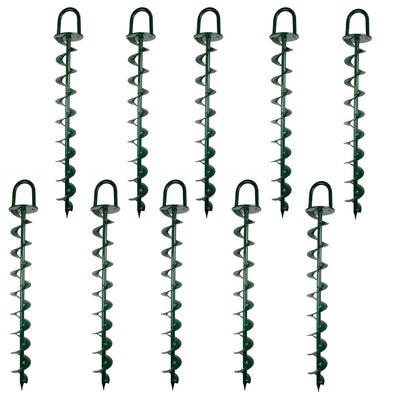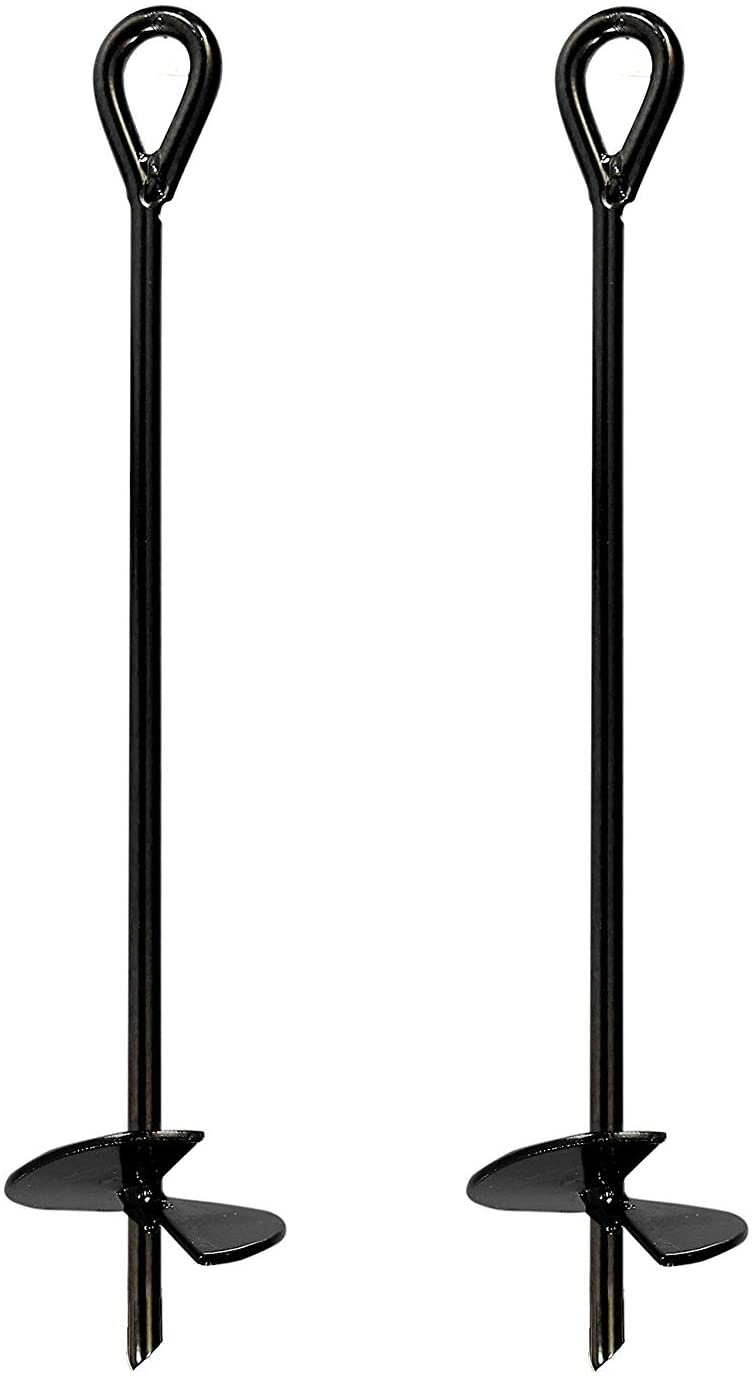An Easy-to-Follow List for Installing and Using a Ground Anchor
An Easy-to-Follow List for Installing and Using a Ground Anchor
Blog Article
Explore the Different Kinds of Ground Support for Your Following Job
When starting a building and construction or landscaping job, recognizing the different sorts of ground supports offered is important to making certain both stability and durability (Ground Anchor). From auger anchors, which succeed in varied dirt conditions, to stake supports made for temporary installments, the options are numerous. In addition, concrete and screw supports present distinct benefits in certain circumstances, while deadman supports are customized for applications calling for resistance to lateral pressures. The choice of an ideal support type can substantially affect the total success of your task, triggering more exploration right into their particular advantages and applications.

Auger Anchors
Auger supports are a popular choice in different building and construction and landscape design projects because of their unique design and efficient anchoring capacities. These anchors include a helical screw-like shaft that is driven right into the ground, enabling a safe and secure and stable hold. The spiral layout promotes easy installation and makes best use of resistance against side pressures, making auger anchors especially reliable in applications such as secure fencing, short-term frameworks, and erosion control.
The setup process of auger supports is fairly simple. Auger anchors can be quickly removed and reused, which adds to their cost-effectiveness and sustainability.
One of the significant advantages of auger supports is their ability to distribute lots evenly across the bordering soil, lowering the danger of soil disruption and decreasing environmental impact. In addition, they are less prone to heaving or loosening gradually contrasted to standard anchoring approaches. Auger supports are an excellent option for tasks needing trusted and long lasting anchoring services.

Stake Anchors
When it pertains to safeguarding structures in a range of exterior applications, risk supports supply a uncomplicated and reliable service. These anchors are commonly created from durable materials such as steel or aluminum, made to endure environmental anxieties while giving optimal stability. Their straightforward style permits quick installation, making them a perfect selection for long-term or short-term anchoring requirements.
Stake supports are particularly helpful in protecting camping tents, covers, and various other lightweight frameworks against wind and climate. They function by being driven into the ground at an angle, creating a solid hold that withstands pull-out forces - Ground Anchor. The performance of stake supports depends on numerous variables, including dirt kind, moisture content, and the angle of installment
For added safety and security, several stake supports come with accessory points for bands or ropes, permitting stress adjustments as necessary. In applications such as landscape design or building, they can successfully support equipment or frameworks on irregular surface. Overall, stake supports offer a flexible and cost-effective solution for safeguarding different outside setups, making them a recommended option for service providers and DIY lovers alike.
Concrete Anchors
Concrete supports provide a durable remedy for securing structures to concrete surface areas, making certain security and safety in various applications. These anchors are vital for jobs varying from domestic buildings to massive industrial installments. They are available in different kinds, consisting of expansion anchors, glue anchors, and undercut anchors, each created for details tons demands and ecological problems.
Glue supports utilize high-strength epoxy or material to bond the anchor to the concrete, supplying remarkable load-bearing abilities, particularly in split concrete circumstances. Undercut anchors develop a special shape within the concrete, providing exceptional holding power, especially in applications where tensile loads are prevalent.
Picking the ideal concrete anchor involves thinking about elements such as the weight of the tons, the problem of the concrete, and ecological problems. Proper installation methods are crucial to ensure optimal efficiency and reliability. When implemented properly, concrete anchors dramatically boost the architectural stability of numerous tasks, making them vital in contemporary building methods. Understanding the particular requirements of your job will help in selecting the best sort of concrete anchor for great site the job.
Screw Anchors

Screw supports are a versatile securing solution that can be successfully employed in a selection of applications where typical concrete anchors might not be sufficient. These anchors include a helical design that permits them to be easily driven right into the ground, making them perfect for usage in dirt and various other substratums. Their distinct structure gives excellent holding power and resistance to pull-out pressures, making them ideal for various jobs, from landscape design to structural assistance.
One of the key advantages of screw anchors is their ease of installation. They need marginal tools and can commonly be installed without the demand for excavation, which saves both time and labor costs. Furthermore, screw anchors can be eliminated and reused, using a sustainable solution for momentary applications.
Screw anchors are especially valuable in locations where soil problems are testing, such as sandy or loose dirts. Their ability to be installed at varying depths permits for personalization based upon specific project demands. Generally, screw anchors provide a efficient and dependable anchoring approach, making them an excellent option for engineers and professionals looking for effective remedies for their projects.
Deadman Anchors
Deadman supports function as a durable solution for stabilizing structures in challenging problems, particularly where typical anchoring approaches might fail. These anchors include large, heavy items buried underground, which create resistance against lateral forces. The layout generally includes a horizontal element, such click as a block of concrete or a steel plate, hidden in the soil, to which cords or straps are connected.
The performance of deadman supports exists in click to read more their capacity to disperse tons over a bigger area, minimizing the danger of failing in unpredictable dirt conditions. They are especially advantageous in applications such as preserving wall surfaces, temporary structures, and slope stablizing, where soil motion can endanger the integrity of the framework.
Setup of deadman anchors calls for careful planning to ensure they are placed at the correct depth and positioning, optimizing their load-bearing ability. While they might call for even more labor and material than lightweight anchors, their integrity in negative problems makes them important for lasting tasks. Deadman supports are versatile and can be adjusted to numerous applications, making them a go-to option for designers encountering special obstacles in their tasks.
Verdict
Auger supports stand out in varied dirt problems, while stake supports match short-lived applications. For concrete surface areas, expansion and adhesive anchors give dependable choices, and screw anchors use convenience in challenging surfaces.
Additionally, concrete and screw anchors existing special advantages in certain situations, while deadman anchors are tailored for applications requiring resistance to lateral forces - Ground Anchor.Auger supports are a prominent selection in different building and construction and landscaping tasks due to their special layout and efficient anchoring capabilities. They come in different types, consisting of development anchors, sticky anchors, and undercut anchors, each made for particular tons demands and ecological conditions
Adhesive supports make use of high-strength epoxy or material to bond the anchor to the concrete, offering remarkable load-bearing capabilities, particularly in split concrete circumstances. Overall, screw anchors provide a dependable and effective securing technique, making them an outstanding option for engineers and specialists seeking effective remedies for their projects.
Report this page